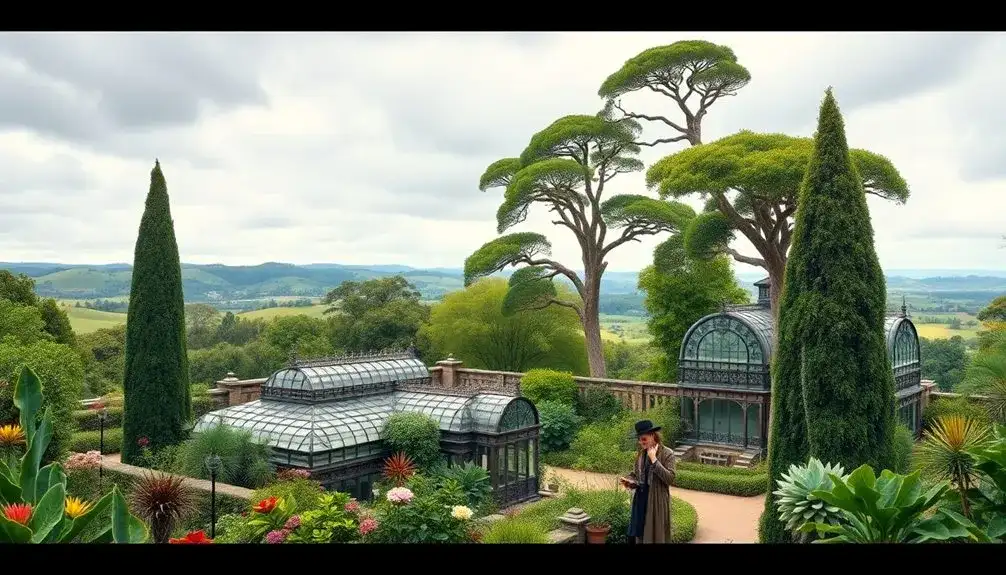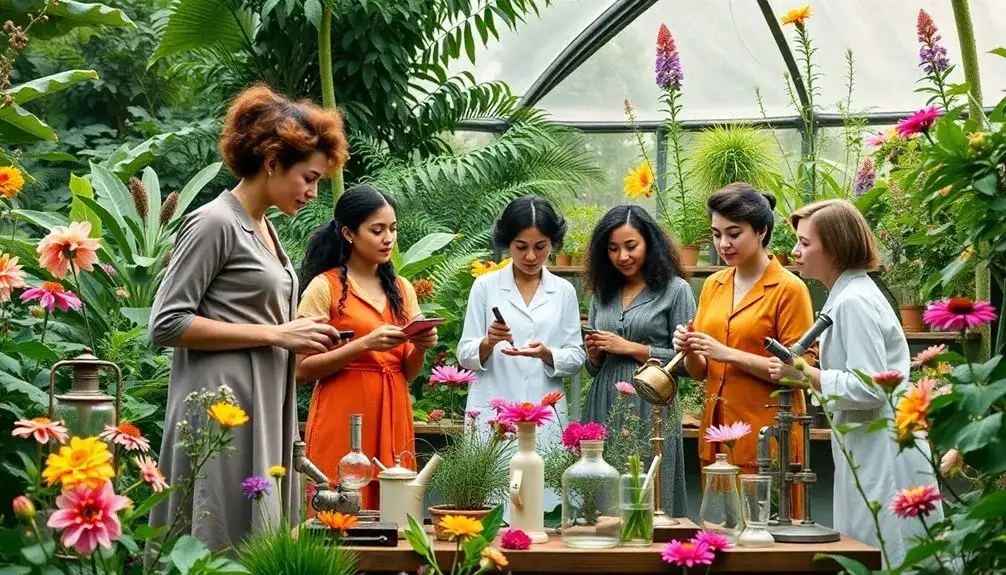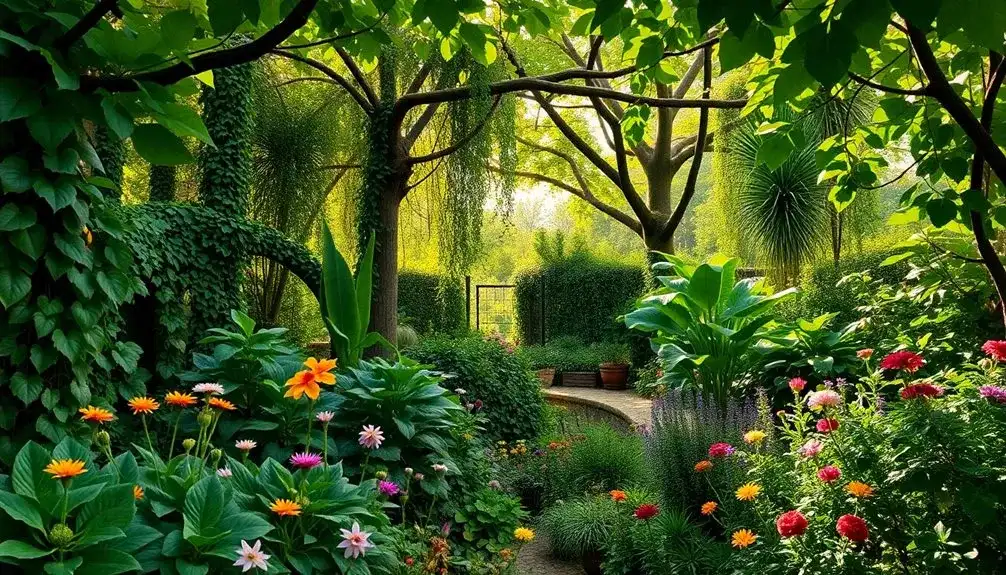Introduction
Elizabeth Gilbert’s The Signature of All Things is a sweeping historical novel that masterfully intertwines the pursuit of scientific truth with deeply personal and emotional journeys. At the center of the narrative is Alma Whittaker, a brilliant and inquisitive botanist whose life spans the dynamic landscape of 19th-century science. Born into privilege in Philadelphia, Alma is provided with the tools and education necessary to forge a path in the then male-dominated world of natural sciences. Yet her journey is not only one of empirical discovery but of emotional depth, spiritual conflict, and personal transformation.
The novel resonates on multiple levels: as a character study of a pioneering woman scientist, as a philosophical examination of nature and human purpose, and as a broader cultural critique of gender roles and intellectual pursuit. Through a close examination of Alma’s life and work, Gilbert invites readers to explore the complex interplay between knowledge, love, and identity.
Chapter 1: A Privileged Beginning and Early Influences

Alma Whittaker’s story begins on a snowy day in 1800, born into the wealthy household of Henry and Beatrix Whittaker. Her father, a self-made botanical mogul with ties to Kew Gardens in England, ensures that Alma grows up surrounded by scientific instruments, books, and natural specimens. Henry’s relentless drive and Beatrix’s stoic intelligence serve as dual forces shaping Alma’s intellectual ambition and emotional resilience.
Despite her physical plainness, Alma is a precocious child, demonstrating an early aptitude for observation and analysis. Her mother, Beatrix, oversees Alma’s rigorous education, emphasizing discipline and rationality. Their estate, White Acre, becomes a botanical haven and Alma’s lifelong classroom. Here, she begins to collect and catalog plants, particularly mosses, forming the foundation of what would become her life’s work.
Her relationship with Prudence, her adopted sister, also plays a formative role. Prudence is beautiful, demure, and conforms more easily to the era’s expectations of womanhood. Their contrasting dispositions reflect broader tensions in gender identity and social roles—tensions that Alma will wrestle with throughout her life.
Chapter 2: The Pursuit of Knowledge Amidst Societal Constraints
As Alma matures, so does her passion for botany. However, despite her intellectual gifts and wealth of resources, Alma remains isolated. Her gender, combined with her lack of traditional beauty, limits her social and romantic prospects. Her world is largely confined to the Whittaker estate and the male-dominated circles of botanical science.
Still, Alma flourishes intellectually. She publishes papers, corresponds with other naturalists, and embarks on a detailed study of mosses. Her scientific endeavors reflect not only her meticulous nature but also her philosophical curiosity. She questions the mechanics of nature, the motivations of survival, and the dynamics of competition among organisms.
During this time, Alma begins developing her own evolutionary theory—Competitive Alteration—a concept predicated on the idea that organisms evolve not just through natural selection but through cooperative and competitive interaction. This theory places her in intellectual alignment with, yet distinct from, Darwin and Wallace, whom she will later reference in correspondence.
Chapter 3: Love, Longing, and Emotional Complexity

While Alma’s scientific pursuits offer her intellectual fulfillment, they do little to alleviate her emotional solitude. Her yearning for romantic and physical intimacy becomes more pronounced as she ages. This longing is most powerfully expressed in her relationship with Ambrose Pike, a spiritual and artistic man who enters the Whittaker household as a botanical illustrator.
Alma is instantly captivated by Ambrose’s beauty and ethereal worldview. Their connection, however, remains largely unconsummated, culminating in a failed marriage attempt that devastates Alma. Ambrose’s lack of physical interest and retreat into mysticism deepen Alma’s internal conflict between rationalism and romantic idealism.
This emotional fracture becomes a turning point in Alma’s journey. No longer able to reconcile her personal desires with societal expectations or spiritual abstraction, she decides to leave White Acre, embarking on a voyage that will transform both her personal and intellectual life.
Chapter 4: Travels and Transformation
Alma’s travels take her first to Tahiti, where she seeks to uncover the truth about Ambrose’s death and perhaps understand the enigmatic allure he held. There, immersed in a culture starkly different from her own, Alma observes how nature, spirituality, and community intersect in ways that contrast sharply with the scientific rationalism of her upbringing.
These experiences serve as a form of spiritual awakening for Alma. She begins to see her work not just as an academic pursuit but as a deeper inquiry into the meaning of life. Her observations of tropical ecosystems reaffirm her theory of Competitive Alteration, yet they also prompt her to consider the emotional and spiritual dimensions of evolution.
From Tahiti, Alma travels to Amsterdam, where she accepts a position as Curator of Mosses at the Hortus Botanicus. In this new role, she finds both intellectual stimulation and a sense of belonging. Her interactions with fellow scientists broaden her perspective and reinvigorate her commitment to discovery.
Chapter 5: The Role of Women in Science
One of the novel’s central themes is the marginalization of women in scientific communities. Alma Whittaker, despite her genius and dedication, struggles to gain recognition in a field dominated by men. Gilbert uses Alma’s experiences to critique the historical exclusion of women from academic discourse and highlight the resilience required to overcome such barriers.
Through Alma, we see the many roles women have played in science—not only as researchers but also as educators, curators, correspondents, and theorists. Her life is a testament to the idea that intellectual capability is not bound by gender. Her ultimate recognition by peers like Alfred Russel Wallace, although subtle, signifies a quiet victory for women in science.
Alma’s story echoes the real-life struggles of historical female scientists like Mary Anning, Caroline Herschel, and others who made significant yet often uncredited contributions to their fields. Gilbert’s narrative underscores the importance of reevaluating historical records to include these overlooked figures.
Chapter 6: Science, Spirituality, and Philosophical Inquiry

Beyond the empirical, The Signature of All Things delves into metaphysical and philosophical questions. Alma’s fascination with the natural world is paralleled by a growing interest in the spiritual dimensions of existence. Her reading of Jacob Boehm, a 17th-century mystic, inspires her to consider the possibility that nature’s patterns may reflect divine intention.
This synthesis of science and spirituality forms one of the most intellectually provocative aspects of the novel. Alma does not reject scientific rationalism but seeks to augment it with a broader, more holistic understanding of life. In doing so, she joins a lineage of thinkers who view science not as antithetical to faith, but as a pathway to it.
The tension between these domains is also illustrated in Alma’s relationship with Ambrose Pike and later with other naturalists. Her ultimate stance—that the mysteries of nature may not be fully decipherable but are still worthy of reverence—reflects a mature worldview that embraces both skepticism and wonder.
Chapter 7: Legacy and Influence
As Alma enters the later stages of her life, she reflects on her journey, her discoveries, and her unfulfilled desires. Yet she is not bitter. Instead, she finds solace in the knowledge that she has contributed to human understanding, even if her name is not widely recognized.
Her correspondence with Alfred Russel Wallace, who validates aspects of her Competitive Alteration theory, offers a form of intellectual vindication. Moreover, her role at the Hortus Botanicus ensures that her work will inform future generations of scientists.
Alma’s legacy lies not only in her botanical contributions but in her embodiment of a holistic scientific ethos—one that values observation, empathy, intellectual rigor, and spiritual curiosity. She is a symbol of the unsung contributions of women throughout history and a reminder that the pursuit of truth often comes at personal cost.
Chapter 8: Reception and Cultural Impact

Upon its release in 2013, The Signature of All Things garnered widespread critical acclaim. It was praised for its ambitious scope, rich historical detail, and complex characterization. The novel was named one of the best books of the year by The New York Times and The Guardian, and was a finalist for the 2014 Carnegie Medal for Fiction.
Literary critics lauded Gilbert’s ability to blend scientific inquiry with emotional depth, drawing comparisons to authors like George Eliot and Barbara Kingsolver. Readers were particularly struck by Alma’s multifaceted character—a woman whose intellect and vulnerability coexist in compelling harmony.
The novel also reignited discussions around women’s historical roles in science, contributing to a broader cultural movement to acknowledge and celebrate female pioneers in STEM. In classrooms and book clubs alike, Alma Whittaker became a symbol of curiosity, resilience, and intellectual courage.
Conclusion: A Signature on the Soul of Time
Elizabeth Gilbert’s The Signature of All Things is more than a historical novel; it is a philosophical and emotional journey through the life of an extraordinary woman. Alma Whittaker’s story challenges readers to reconsider the nature of scientific progress, the role of women in shaping knowledge, and the interwoven complexities of love, loss, and longing.
Through lush prose and meticulously crafted settings, Gilbert invites us to walk alongside Alma—not only through the mossy terrains of botanical gardens but through the deeper, often uncharted landscapes of the human spirit. In doing so, she crafts a narrative that leaves an indelible signature on the soul of time, much like the plants Alma so passionately studied.
In Alma’s journey, we find a mirror for our own quests—for meaning, connection, and the courage to pursue truth, even when the world looks the other way.



